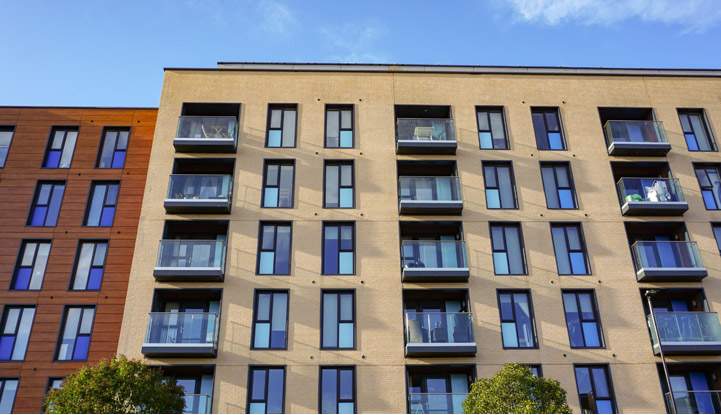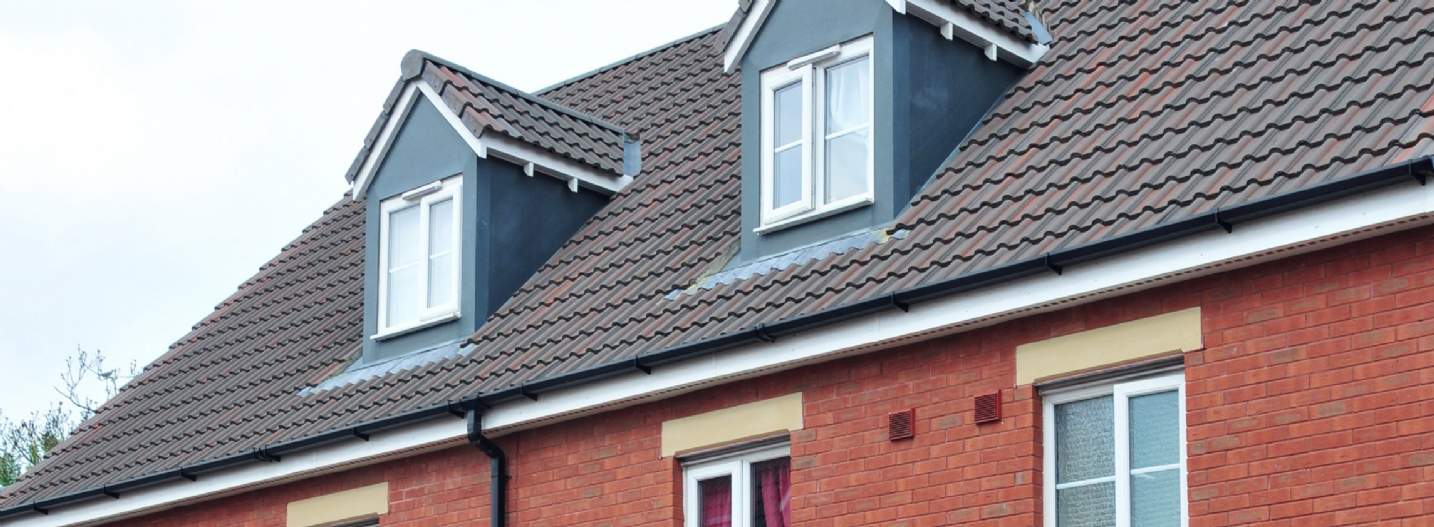Shared Ownership is often misunderstood, and greater understand of its strengths and limitations is sorely needed
At present, the current pool of experienced, scaled, institutionally backed FPRPs with appetite to acquire stabilised SO assets at scale is relatively small, but is expected to grow. Whilst sufficient to absorb current levels of stock presenting to market, structurally, the market requires further development to increase the pool of available capital to HAs seeking to release capital from asset sales. The market may develop in a number of ways including more funds establishing FPRP entities and HAs establishing FPRP entities as a route to access third-party capital off-balance-sheet.
In a post-HtB world, SO has significant scope to expand and help fill the gap in new build sales. Housing affordability remains a key national issue and this is unlikely to change in the near future, meaning accessible routes to home ownership will be key.
Private developers have taken note, and there is an expanding array of SO-like products available as developers seek to innovate in the absence of HtB and offer a range of options to buyers.

Mythbusting
MYTH: Shared Ownership homes are mostly flats in London
REALITY: 77% of all new SO homes are delivered outside of London. While many of those SO homes in London will indeed be flats (as with most new build homes in the city), many of them outside of the capital are houses instead. Data from Homes England indicates that over 72% of SO homes outside of London are houses or bungalows.
MYTH: Shared Ownership has high service charges
REALITY: While SO has received some negative press around high service charges, this issue is largely concentrated in flats provided in higher-value areas in London, which is only a minority of overall stock. The vast majority of SO stock is houses where there are typically minimal service charges. Rising service charges are an issue for all leasehold high-rise buildings, particularly in light of increasing safety regulations for such buildings. Service charges tend not to vary between SO and full ownership in a given building, all other aspects being equal. What is true is that the owner of a SO home will be responsible for 100% of the service charge, despite not owning 100% of the property.
MYTH: The occupier can never fully own their property
REALITY: Mainstream SO – the vast majority of supply – allows staircasing up to 100% ownership, with 2.6% of SO households doing so each year. There are some special situations and ‘designated protection areas’ (rural areas) in which there may be a cap of up to 80% total ownership to preserve access to sub-market home ownership in perpetuity. In addition, even if owners don’t staircase to 100%, they will have greater security of tenure and be building equity in the share they do own.
MYTH: The occupier can’t sell their property
REALITY: Selling a SO home is perfectly possible and normal. The only difference is sometimes it is done via the housing association originally bought from. They have a period of time, typically between four and twelve weeks, to find a buyer for the property, and many HAs maintain waiting lists. If no buyer is found in that period, then the home can be sold on the open market via an estate agent. Because the housing association helps to find a buyer, in some ways it can be easier.
Read the articles within Shared Ownership report below


.jpg)
.jpg)